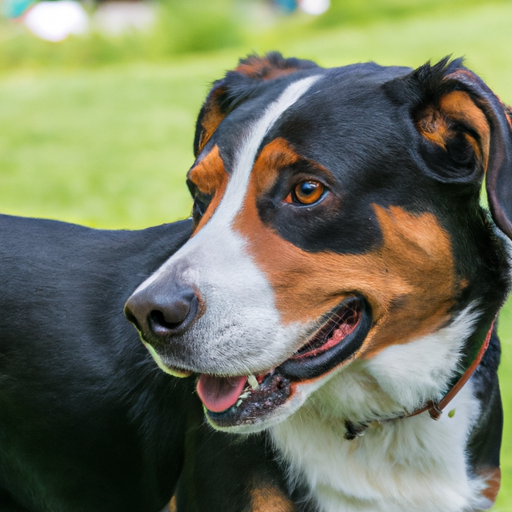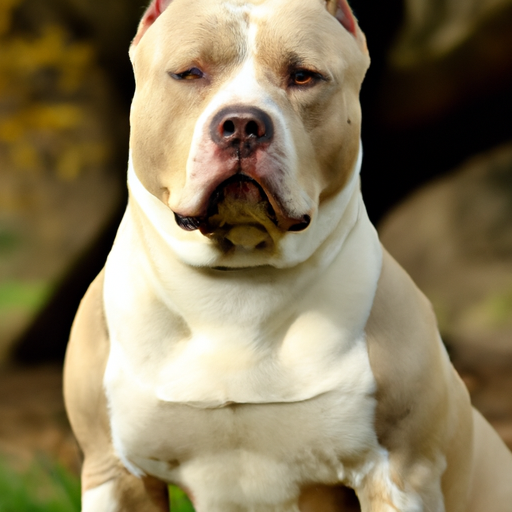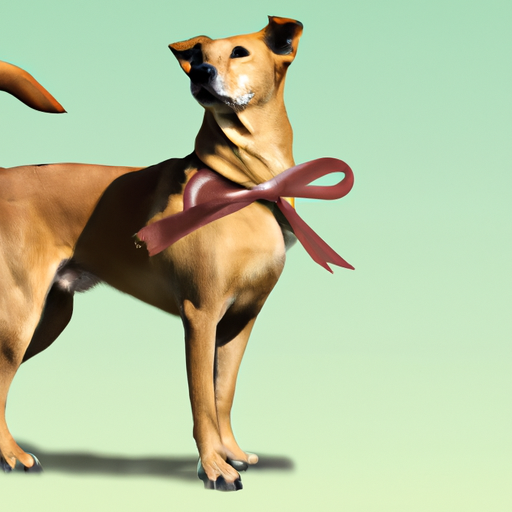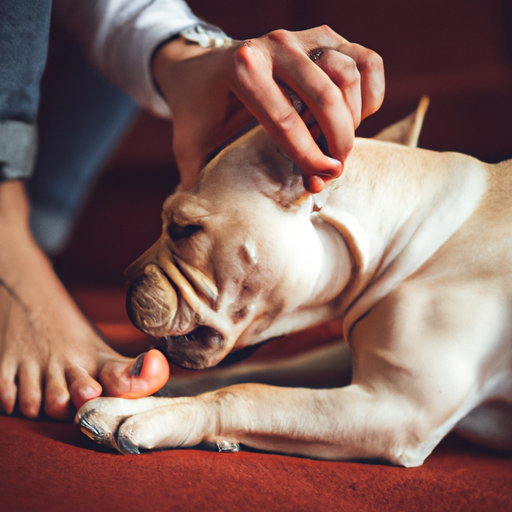Appenzeller Sennenhund
Your journey into the realm of dog breeds brings you face to face with the magnificent Appenzeller Sennenhund. This splendid canine breed is as charming as it is diverse, setting itself apart with its unique traits and attributes. As you dig deeper, you’ll learn about its endearing quirks, ideal living conditions, desirable training methods, and much more. This vibrant and diligent breed, hailing from the Swiss Alps, holds a world of adventure and companionship in store for you. Excited already? Well, hold tight as we embark on this enticing exploration into the world of the Appenzeller Sennenhund.
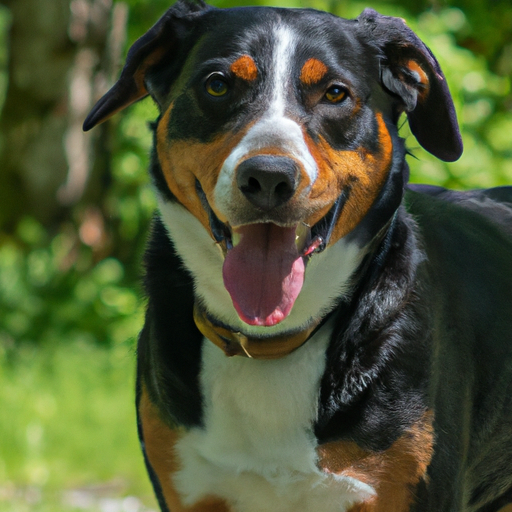
History of the Appenzeller Sennenhund
Breed origin and ancestry
Appenzeller Sennenhund, affectionately known as Appenzellers, are one of the four Swiss Mountain Dog breeds, hailing from the Appenzell region of Switzerland. They’re believed to be the oldest of the Swiss breeds, with a lineage dating back several thousand years to the Bronze Age. Their ancestors, the Molossian dogs of the Romans, were used as all-around farm dogs and these duties were gladly taken over by the Appenzellers.
Historical roles and purposes
For generations, you’ve seen Appenzellers digging into a variety of roles in Swiss farming cultures. They’ve donned hats as cattle herders, guard dogs, draft animals, and even cheese dairy dogs! With their agility, endurance, and intelligence, it’s no surprise that these robust dogs were practically Swiss army knives on four paws.
Recognition by kennel clubs
The breed remained a well-kept Swiss secret until the 1800s, when Professor Albert Heim caught wind of them. He started the first club for the breed and set about promoting and protecting it. Today, the Appenzeller Sennenhund is recognized by several international kennel clubs including the American Kennel Club, the United Kennel Club, and the Fédération Cynologique Internationale.
Physical Characteristics
Size and weight
When you first lay eyes on an Appenzeller Sennenhund, you’ll notice that they’re medium-sized and muscular, carrying a certain elegance about them. Males typically stand between 20 to 23 inches tall at the shoulder, while females range from 19 to 22 inches. They usually weigh between 50 to 70 pounds, with males being slightly heavier than females.
Coat and color
What makes Appenzellers stand out are their glossy, hard, double-layered coat that’s black or brown with symmetrical white and tan markings. Their coat, besides being beautiful, also serves as protection, allowing them to thrive in all weather conditions.
Head and facial features
Appenzellers have a frank, friendly expression in their eyes, which are small and dark. Their flat skull, straight muzzle, and ever-alert erect ears lend them their distinct look.
Body structure
In terms of body structure, Appenzellers have a broad, flat back, deep chest, and well-ribbed body. Despite their muscular build, they have an agile, almost light-footed stride, indicative of their Swiss cattle dog heritage.
Behavioral Traits
Temperament
The Appenzeller Sennenhund is a bundle of energy with a cheerful and outgoing temperament. They’re known for their fierce loyalty, courage, and resilience. While they’re affectionate with their families, they can be a bit suspicious toward strangers, but don’t worry, they’re never aggressive without reason!
Common behaviors
Appenzellers possess a high work drive and need tasks to exercise their minds. And oh, they have a lot of stamina, so they can play and investigate tirelessly! They’re also known to express themselves quite vocally, often “talking” or howling when they’re excited.
Interactions with humans
Appenzellers are as loyal as they come and form strong bonds with their human families. They love being involved in family activities and they’re particularly protective of children. They demand lots of attention and care – don’t be surprised if they follow you from room to room!
Interactions with other animals
These dogs typically get along well with other pets including dogs, cats, and even livestock, if socialized properly from an early age. However, it’s important to remember that they have a moderatively high prey drive, so smaller pets should be carefully introduced and supervised.
Training the Appenzeller Sennenhund
Training methods
The intelligence of the Appenzeller Sennenhund, combined with its eagerness to please, makes training relatively straightforward. However, keep in mind that they respond best to positive reinforcement methods, using treats, praises, toys, or anything else they love.
Trainability
Appenzellers are highly trainable, not just because of their intelligence, but also due to their strong desire to work with and please their owners. This makes them excellent candidates for advanced obedience, herding, and agility training.
Common training challenges
The main challenge you might face when training an Appenzeller Sennenhund is their independent and inquisitive nature, which can sometimes lead to stubbornness. This is where patience and consistency are needed. Also, socialization should start early to avoid potential dog or people aggression.
Tips for successful training
Lots of repetitions, persistence, and patience are key while training an Appenzeller Sennenhund. Make sure to vary the tasks to prevent them from getting bored. Remember, all interactions should be positive and rewards should be instantaneous.
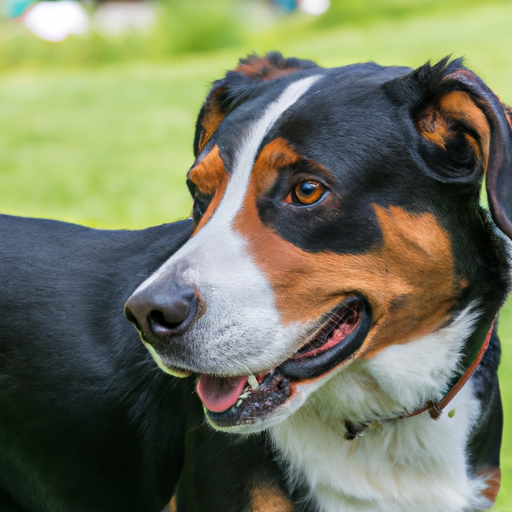
Health of the Appenzeller Sennenhund
Common health problems
While the Appenzeller Sennenhund is generally a healthy breed, they can have a few breed-specific health issues, including hip dysplasia, elbow dysplasia, and eye conditions such as Progressive Retinal Atrophy (PRA).
Life expectancy
A well-cared-for Appenzeller Sennenhund typically has a lifespan of 12-14 years, which is fairly significant for a dog of its size. This, of course, can vary depending on the individual dog’s health and lifestyle.
Healthcare needs
Routine veterinary exams, a balanced diet, regular exercise, and mental stimulation can help to keep your Appenzeller happy and thriving. Be sure to keep an eye out for any changes in behavior or appearance as these can often be indicators of underlying health issues.
Genetic disorders
Hip and elbow dysplasia are the most common genetic disorders in Appenzeller Sennenhunds. Regular screening can help to identify these conditions early. It’s also important to check patellar luxation and eye conditions in these dogs.
Caring for the Appenzeller Sennenhund
Diet requirements
Feed your Appenzeller Sennenhund a high-quality dog food appropriate for their age (puppy, adult, or senior). As a high-energy breed, they’ll benefit from a diet rich in protein to sustain their energy levels. Portion control is also necessary to ensure that your dog does not fall victim to obesity.
Exercise needs
It’s important to understand that Appenzellers are high-energy dogs that need plenty of exercise. A couple of long walks or jogs, coupled with play time in a securely fenced area, should be a part of their daily routine.
Grooming
With their short and dense double coat, Appenzeller Sennenhunds are relatively low maintenance. A weekly brush is all they need to keep their coat healthy and shiny. Bathing is only needed a few times a year or when they get particularly dirty.
Socializing and mental stimulation
Early socialization is key to a well-adjusted, well-behaved Appenzeller Sennenhund. It’s also worth noting that these dogs are intelligent and active. They love to be challenged mentally, so interactive games and puzzles can be a fun part of your daily routine.
Breeding the Appenzeller Sennenhund
Breeding requirements
Breeding Appenzeller Sennenhunds, like any breed, should not be entered into lightly. A thorough understanding of the breed is important, as is health testing for any potential breeding pairs to ensure genetic disorders are not passed on.
Pregnancy and birth
After a pregnancy of around 63 days, a typical litter size for Appenzellers is between four to six puppies. Birth can then be a smooth process, but assistance might be needed in the case of any complications. It’s essential to provide a quiet, comfortable space for the mother to rest and take care of her pups.
Puppy care
Puppy care for Appenzellers includes proper feeding, regular health checks, vaccinations, and early socialization. Plus, don’t forget about the importance of house training and preliminary obedience training!
Ethical breeding practices
Ethical breeding includes prioritizing the health and wellbeing of the dog above all, providing necessary veterinary care, avoiding overbreeding, and ensuring potential owners are well-informed about the breed and its needs.
The Appenzeller Sennenhund as a Family Pet
Pet suitability
Appenzeller Sennenhunds are fantastic as family pets when given the right care and stimulation. They thrive in active households where they can be a part of daily activities. As they’re robust and spirited dogs, they’re well suited for families with older children.
Children and the Appenzeller Sennenhund
Appenzellers can be very protective and loving towards children in their family. However, due to their robust play, they are more suitable for families with older children who know how to act appropriately around dogs.
Other pets and the Appenzeller Sennenhund
Large and lively, it’s important to remember Appenzellers have a fairly strong prey drive. However, when well-socialized from an early age, they can live peacefully alongside other family pets, including dogs, cats, and even livestock.
Enhancing family life
These loyal and loving dogs can greatly enhance family life with their cheerful and playful nature. Just remember, they need firm but loving leadership, along with plenty of physical and mental stimulation, to truly flourish.
Adopting an Appenzeller Sennenhund
Finding an Appenzeller Sennenhund for adoption
While finding an Appenzeller Sennenhund for adoption can be challenging due to their rarity, dedicated breed rescue organizations do exist. Animal shelters and breed-specific rescue groups can also be great places to start your search.
Process of adoption
The process of adoption typically includes filling out an application, providing references, a home visit, and paying an adoption fee. You might also need to prove you’re capable of taking care of one of these energetic, hardworking dogs.
Adopted dog care
Adopting a dog comes with its responsibilities. The new member needs time and patience to adjust to its new surroundings. Establish a routine, provide nutritious meals, ensure daily exercise and schedule regular vet check-ups to keep them happy and healthy.
Common adoption challenges
The most common challenges when adopting an Appenzeller Sennenhund are ensuring they get the right amount of physical exercise and mental stimulation. Appenzellers need plenty of both to stay happy and healthy. They might also have past experiences that might affect their behavioral patterns and it’s best to approach them with patience and understanding.
Living with an Appenzeller Sennenhund
Appenzeller Sennenhund behavior at home
At home, expect an Appenzeller Sennenhund to be active and involved in everything that’s going on. They aren’t the type to lie around all day; they love to be on the move, whether it’s playtime or household duties.
Outdoor activities
Because of their high energy levels and agility, Appenzellers excel at outdoor activities. Long walks, fetch games, agility training – you name it, they’re up for it! They also make excellent hiking and jogging companions.
Traveling with an Appenzeller Sennenhund
Traveling with an Appenzeller can be a fun and rewarding experience. Just remember to keep them secured in a sturdy crate or harness, take regular breaks for exercise and toilet needs, and ensure they have plenty of fresh water and healthy snacks.
Dealing with old age and end of life
As Appenzellers age, they may need additional care and attention as health issues surface. Regular veterinary check-ups, creating a comfortable home environment, and providing plenty of love and attention can help to make their golden years truly golden. Losing a pet is a difficult time, but remember, it’s an opportunity to give your loyal friend peace and dignity in their final days.

